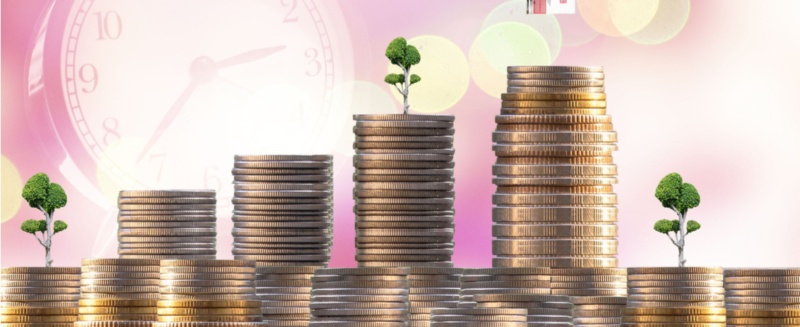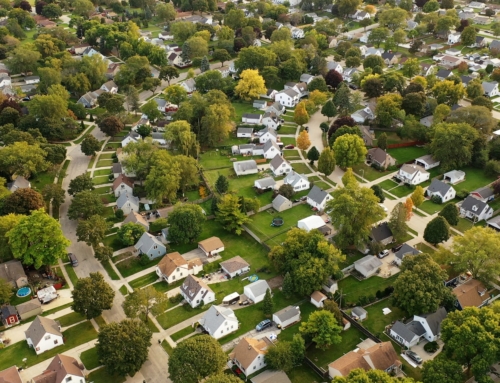The housing market news sounds good, this week, as real estate investors continue to play a key role in the housing rebound.
Sales of previously owned homes crawled up another .4 percent in January, which means sales would hit nearly 5 million, if this level of housing activity keeps up all year.
That’s not the only good news. Existing home sale prices rose again, for the eleventh month in a row, according to the National Association of Realtors. The national median existing-home price for all housing types was $173,600 in January, up 12.3 percent from January 2012. (The last time it jumped that much was from July 2005 to May 2006.)
It’s the best year for the housing market since 2007, before the economy fell off the cliff into the worst recession in 80 years. And for the moment, the good news has to do with a couple of fundamental shifts in supply, demand and mortgage interest rates.
Let’s start with interest rates. When the Federal Reserve Bank moved to lower the federal funds rate (which is the rate many long-term interest rates are tied to), there was a lot of howling about how near zero interest rates would ultimately cause hyper-inflation, or an interest rate environment where we would see 30-year mortgage interest rates climb to perhaps double-digits.
That hasn’t happened, not by a long shot. Despite the fact that the Federal Reserve continues to spend of $85 billion per month buying mortgage-backed and other securities, long-term interest rates are actually lower this year than last year.
All the chatter about mortgage rates at historic low levels has sparked another round of refinancing but has also piqued the interest of buyers who are starting to wonder whether they will miss the opportunity to buy homes that are still priced 20 to 30 percent below the high values set in 2006 financed at the lowest interest rates in history.
Homes are the most affordable they’ve been in decades, say the Realtors, but that could change soon if more homeowners don’t decide to jump off the fence and become sellers. The number of homes on the market is the lowest it has been since 1999, and is one of the main reasons home prices are rising, according to Lawrence Yun, NAR chief economist.
“Buyer traffic is continuing to pick up, while seller traffic is holding steady. In fact, buyer traffic is 40 percent above a year ago, so there is plenty of demand but insufficient inventory to improve sales more strongly. We’ve transitioned into a seller’s market in much of the country,” he added
“We expect a seasonal rise of inventory this spring, but it may be insufficient to avoid more frequent incidences of multiple bidding and faster-than-normal price growth,” Yun explained.
Frenzied bidding wars may sound good to sellers who have been waiting for prices to rise to a place where they’re not underwater and can sell and move on with their lives. But it isn’t the balanced market so many in the real estate industry have been hoping for.
In fact, there are a number of factors that could derail the housing market revival.
Let’s start with the economy. The economy contracted slightly (by one-tenth of one percent) in the fourth quarter of 2012, surprising most economists. If government spending continues to decline, it may well spark another recession, though perhaps not as bad as the last.
Even if the country doesn’t fall into a technical recession, extremely slow growth and continued high levels of unemployment mean more homeowners will fall behind on their house payments and into foreclosure or short sale. That will, in turn, drive down home prices again.
Real estate investors have played a key role in turning around the housing market, sopping up homes at the low end. But once the low-hanging fruit (super-cheap homes) is absorbed, real estate investors will either turn into sellers or put up “for rent” signs on their property. With less competition, home sellers won’t get bidding wars and may have to accept lower prices.
Finally, there are a number of reasons why the Federal Reserve will start to raise interest rates, including a rise in inflation. Once that happens, many economists expect the housing market to hit the brakes, as home buyers get used to the idea that their mortgage will carry a 5 or 6 percent interest rate. While that used to seem cheap, it seems downright unreasonable when today’s 30-year fixed rate mortgages are at 3.5 percent.
Higher interest rates mean home buyers will have to spend less to get the same payment. And that will translate into lower offer for sellers.
While it looks good now, that could change. Nevertheless, if you’re selling or refinancing, you’re in a better place now than you were last year.
[amazon_link asins=’1524763438,0609809334,0061944874′ template=’ProductCarousel’ store=’thinkglink-20′ marketplace=’US’ link_id=’2a4423d4-38fd-11e8-8ff2-5708ae8d5cbf’]







Leave A Comment